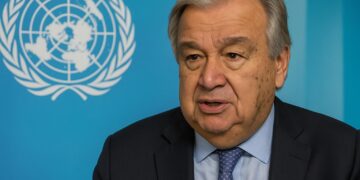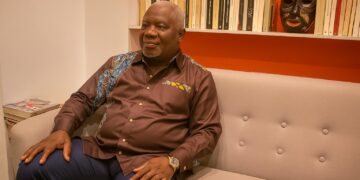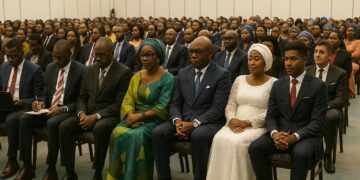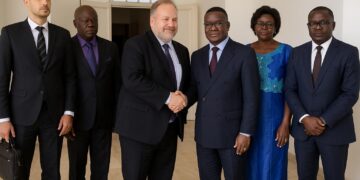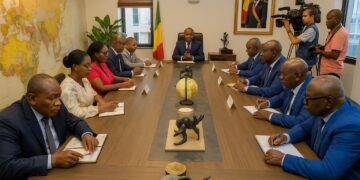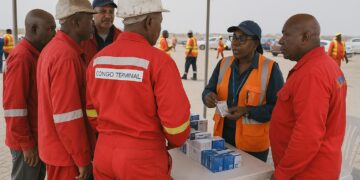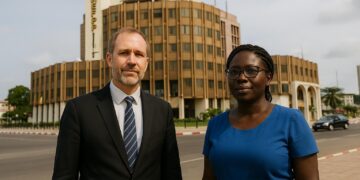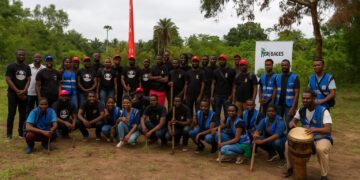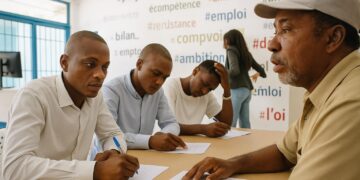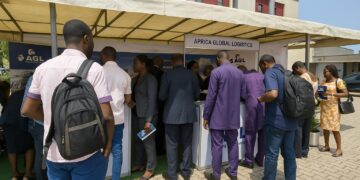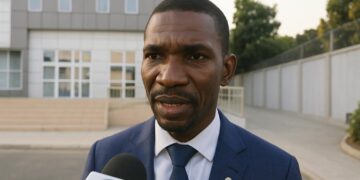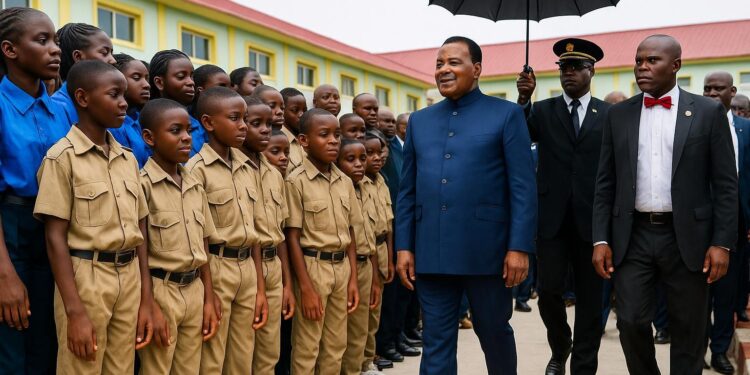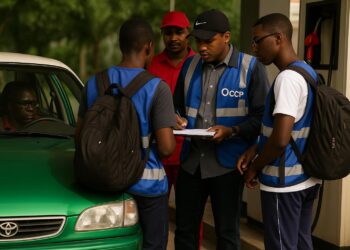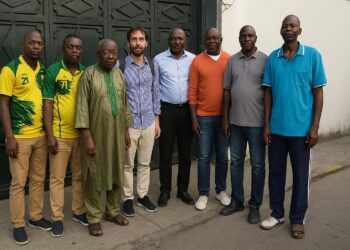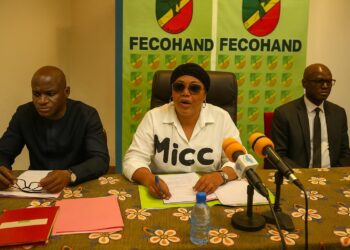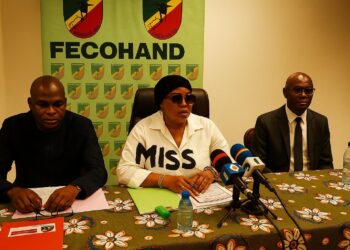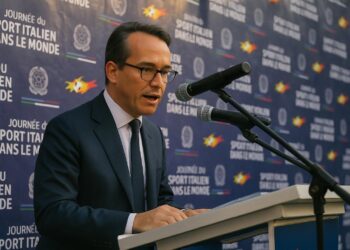Brazzaville bolsters education infrastructure
The ribbon-cutting on 24 October for the Liberty School Complex in Talangaï symbolised Brazzaville’s renewed commitment to accessible education. President Denis Sassou Nguesso presided over the ceremony, underscoring the strategic value the government attaches to grooming a skilled, competitive generation.
The site, formerly the CEG de la Liberté created in 1985, has been transformed into one of the capital’s largest multi-cycle campuses. Renovations have raised capacity to 10,000 learners, positioning the complex as a potential reference for urban schooling in Central Africa.
Two preschools, six primary schools, two lower-secondary colleges and a general lycée now share a unified campus. Designers kept classroom clusters compact to ease supervision while expanding communal areas for sports and arts, in line with the 1995 School Law’s holistic vision.
Enrollment surge and gender dynamics
Education minister Jean Luc Moutou confirmed that 6,637 pupils, including 3,411 girls, are expected on 27 October for the 2025-2026 intake. The balanced enrolment reflects national efforts to narrow gender gaps that once weighed on Congo’s human development indicators.
For the inaugural year, the lycée will welcome only tenth-grade students. Gradual scaling allows administrators to test logistics before opening eleventh and twelfth grades, a tactic designed to guarantee teaching quality rather than simply filling seats.
Authorities project that the new facility will relieve pressure on neighbouring schools such as Lycée Thomas Sankara, where classroom density occasionally topped 80 students. A redistribution of flows should translate into quieter learning environments across northern Brazzaville.
Public-private partnership in action
The overhaul was financed by the National Petroleum Company of Congo, SNPC, as part of its social investment programme. The oil major channels a share of upstream revenues toward education, a sector regarded as foundational for long-term economic diversification.
Construction teams worked in stages to avoid supply bottlenecks, a method SNPC has trialled on health centres and vocational institutes. Project managers insist the approach saved four months on the original timetable and kept expenditure within its undisclosed budget envelope.
Government technocrats view the project as proof that resource wealth can be turned into physical assets for citizens. By locating the complex inside Talangaï, one of the city’s most densely populated districts, planners targeted communities that tend to be underserved by large-scale investments.
Human capital strategy takes shape
Minister Moutou emphasised that 405 education professionals have been recruited for the complex, many of them civil servants drawn from recent competitive exams. The sweep addresses two objectives: job creation for qualified graduates and reinforcement of pedagogical standards.
The school law of 17 November 1995 guarantees free tuition in public institutions, a principle reiterated during the inauguration. Parents therefore face no registration or tuition fees, a policy aimed at cushioning households against a cost-of-living environment still sensitive to import prices.
Beyond academics, the campus includes digital rooms, a media library and a science laboratory wing equipped for basic chemistry and robotics clubs. Officials argue that exposure to STEM fields at an early age will broaden career horizons and support the country’s digital agenda.
Macroeconomic and social ripple effects
Education absorbs roughly 13 percent of Congo’s annual budget, according to the latest finance act. Analysts note that keeping spending levels steady while securing complementary corporate funds, such as SNPC’s, improves fiscal space without diluting social objectives.
Better schooling outcomes could lift Brazzaville’s productivity profile. A World Bank simulation published in 2023 estimated that raising average years of schooling by one year can add up to 0.7 percentage point to medium-term GDP growth, a figure local planners often cite.
In the near term, the construction phase injected demand into cement, furniture and service sectors, showcasing the multiplier effect of public works. School operations will create recurring demand for textbooks, catering and transport, anchoring small-business revenues in Talangaï.
Signals for investors and policymakers
The Liberty complex serves as a tangible indicator of policy continuity under President Sassou Nguesso’s national development plan. Investors monitoring sovereign risk often regard social infrastructure as a proxy for institutional capacity and governance stability.
With the BEAC holding rates steady and inflation trending down, an educated workforce is likely to become a differentiator for companies scouting Central African hubs. Brazzaville’s evolving educational map can therefore underpin incentives for light manufacturing and service offshoring.
Policymakers may replicate the Liberty model in secondary cities such as Pointe-Noire or Dolisie, where demographic pressures mirror those of Talangaï. The scalability of the concept rests on sustained oil revenues, disciplined procurement and community engagement.
For parents like Nadège Mboungani, whose two daughters secured places in the incoming cohort, the renovated campus represents more than bricks and mortar. “It gives our children confidence that they have the same opportunities as anyone,” she said, echoing the government’s equality rhetoric.




